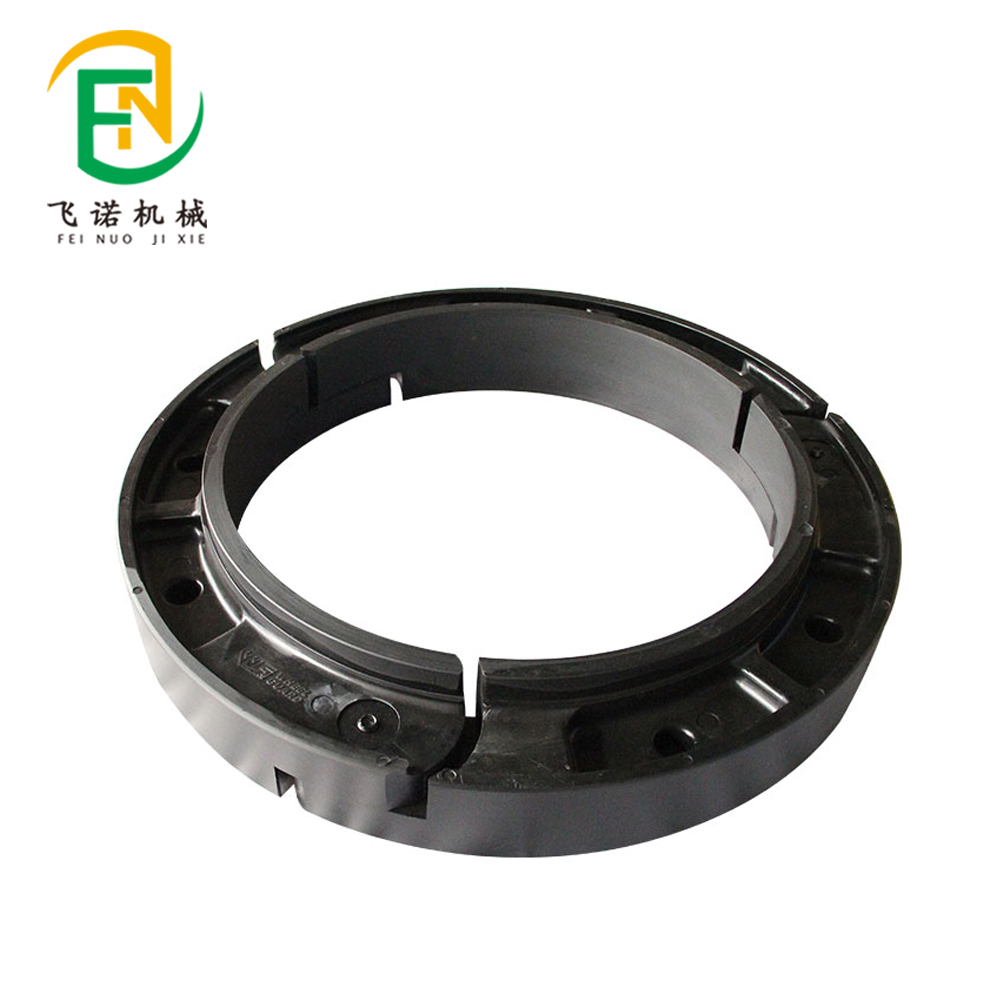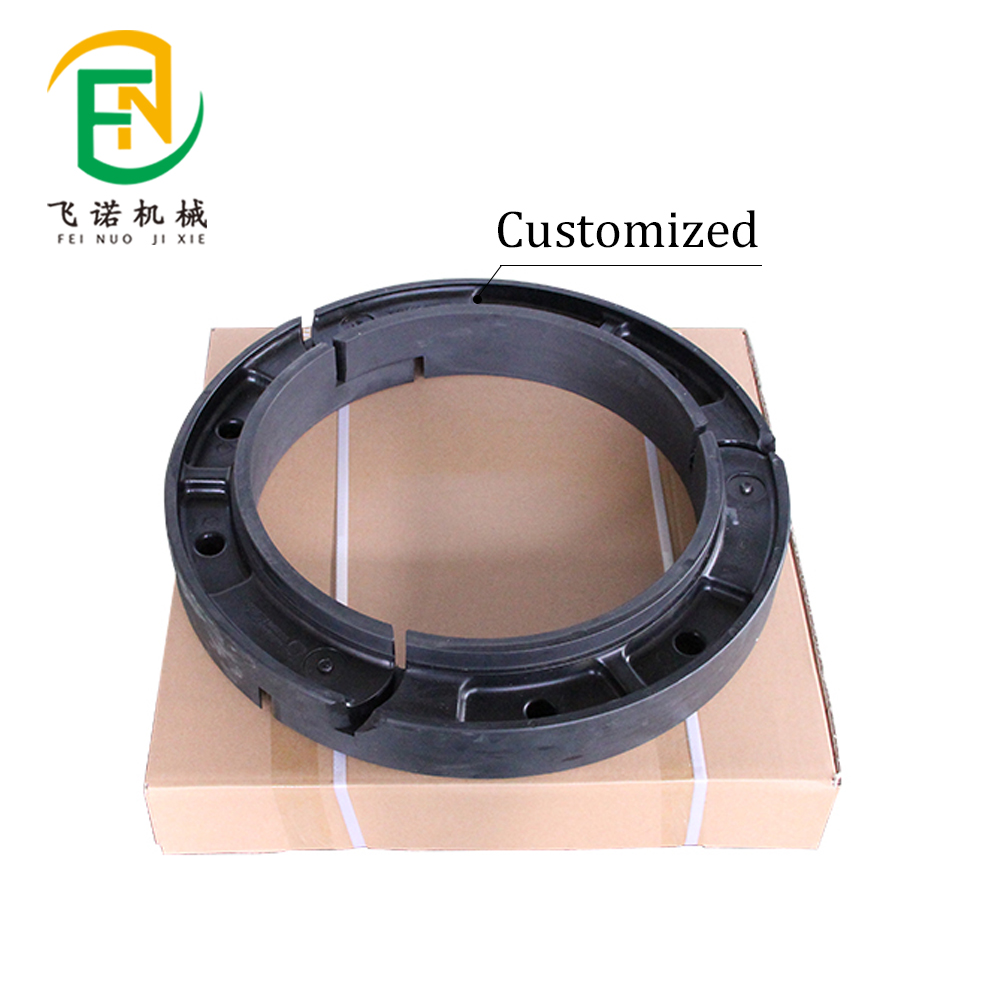- June 12, 2025
- Posted by: feinuojixie
- Category: Run Flat Guide


When envisioning military strength, people often think of advanced weaponry, armored vehicles, and tactical precision. Yet one of the most underestimated components of military readiness lies beneath those powerful machines—tires. In unpredictable terrain and hostile environments, even a flat tire can mean the difference between mission success and failure. That’s where run flat tire military systems come into play. These uniquely engineered components are not just an upgrade—they are a lifeline for vehicles operating under extreme pressure.


What Are Run Flat Tire Military Systems?
Run flat tire military systems are specially designed tires that allow a vehicle to continue moving even after a puncture or loss of air pressure. Unlike standard tires that collapse and become unusable after damage, run flat tire solutions maintain structural integrity for a limited distance at operational speeds. This capability is achieved through reinforced sidewalls, internal support rings, or advanced composite materials that bear the vehicle’s weight even when the tire is compromised. In military settings, where stopping is often not an option, this technology ensures that mobility never becomes a vulnerability.
Why Military Vehicles Rely on Run Flat Tire Solutions
Military operations demand absolute reliability. Whether transporting troops, conducting reconnaissance, or executing evacuation protocols, vehicles must remain functional regardless of the terrain or threats. Run flat tire military applications meet this demand by eliminating one of the most common points of failure in vehicle mobility. By allowing continued movement after tire damage, these systems reduce the risk of vehicle abandonment, personnel exposure, and mission delays. For defense logistics and combat scenarios alike, the ability to keep moving under pressure is critical.
How Run Flat Tire Technology Works in Combat Conditions
In hostile environments, military vehicles are often exposed to sharp debris, gunfire, explosive devices, and jagged terrain. Run flat tire systems are built to endure such punishment. Some employ an internal support ring that holds up the weight of the vehicle when the air escapes, while others use extra-rigid sidewall construction that resists collapse. These systems typically allow vehicles to drive 30 to 100 kilometers after total deflation, depending on load and speed. In combat, this can provide just enough time to reach a safe zone, complete a mission, or regroup with support forces.
Advantages of Run Flat Tire Military Applications in the Field
The battlefield is no place for breakdowns. Run flat tire military solutions provide multiple advantages:
-
Improved safety: Troops can continue moving without stopping to repair or change tires under threat.
-
Operational continuity: Vehicles remain mission-capable even after sustaining damage.
-
Cost-effectiveness: Reduced need for emergency vehicle recovery operations saves time and resources.
-
Versatility: These systems are effective across different vehicle types—from light armored transporters to heavy-duty trucks.
In high-risk missions, these advantages are not just beneficial—they’re essential for survival and success.
Real-World Examples: Run Flat Tire Systems in Action
During various peacekeeping missions and active conflict zones, run flat tire military systems have played a decisive role. For example, in desert warfare, where sharp rocks and extreme heat can easily compromise conventional tires, run flat systems have kept convoys moving. Similarly, during urban combat operations, where improvised explosive devices are a constant threat, vehicles equipped with run flat tires have managed to escape ambushes without stopping for emergency repairs. These real-world deployments underline the tactical superiority that this technology offers.


Future Innovations in Run Flat Tire Military Engineering
The evolution of run flat tire military systems continues. Manufacturers are investing in materials that offer greater durability, longer driving ranges after puncture, and lower weight for increased fuel efficiency. Smart sensors integrated into the tires are being developed to monitor real-time tire conditions, damage reports, and terrain adaptability. The future may also see hybrid run flat solutions that combine multiple support mechanisms for enhanced performance. As military demands evolve, so too will the resilience and sophistication of the tires that carry them forward.
Reinventing Resilience with Run Flat Tire Military Strategy
In the ever-changing landscape of military operations, the ability to adapt and keep moving is crucial. Run flat tire military technology embodies this resilience, ensuring that mobility is never compromised by environmental hazards or enemy action. These systems transform a vulnerable point—tire damage—into a strategic strength, reinforcing the operational backbone of modern defense forces. As innovation continues to advance the capabilities of run flat tire systems, one thing remains clear: in the military, when failure is not an option, staying mobile means staying alive.
